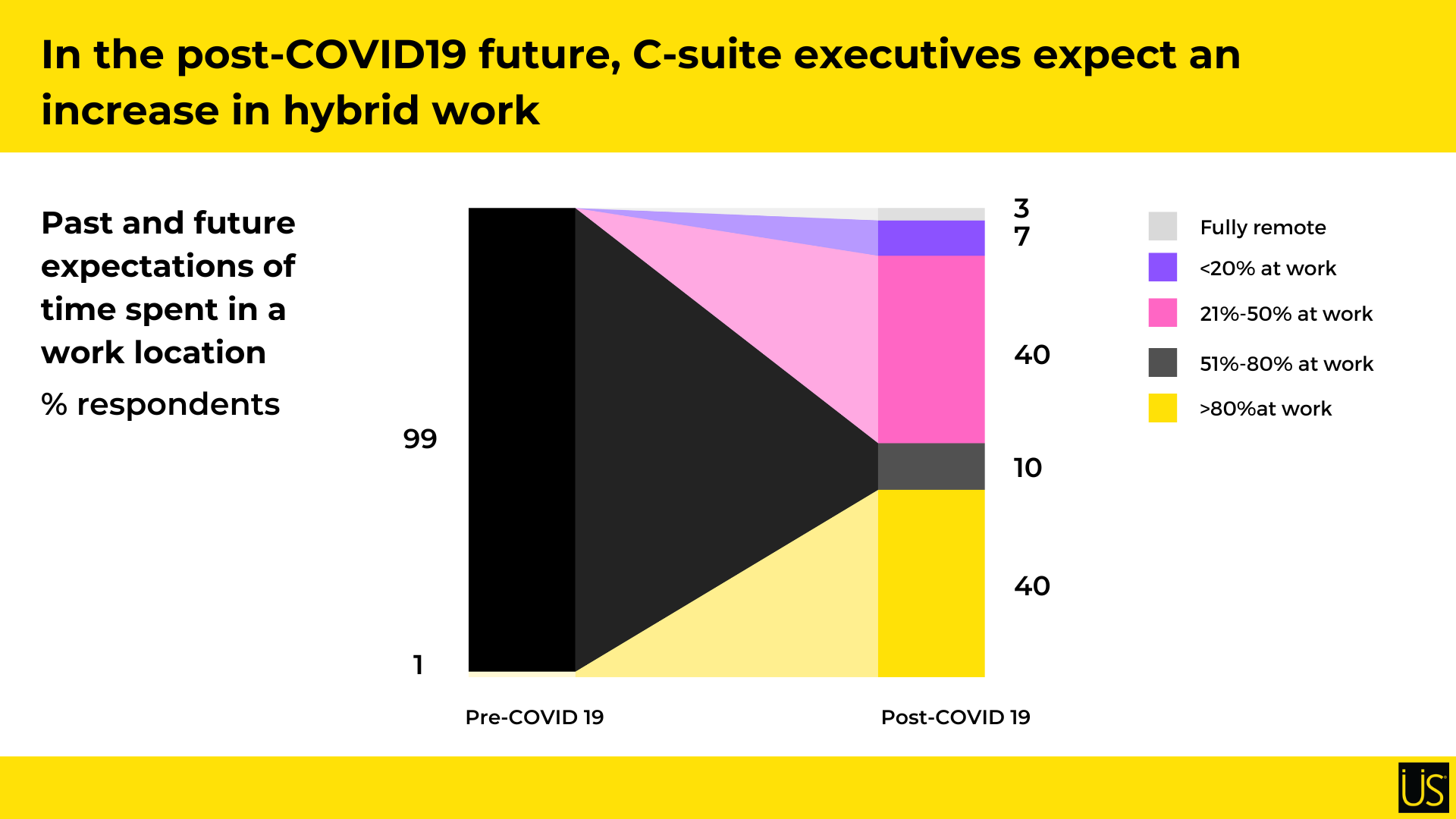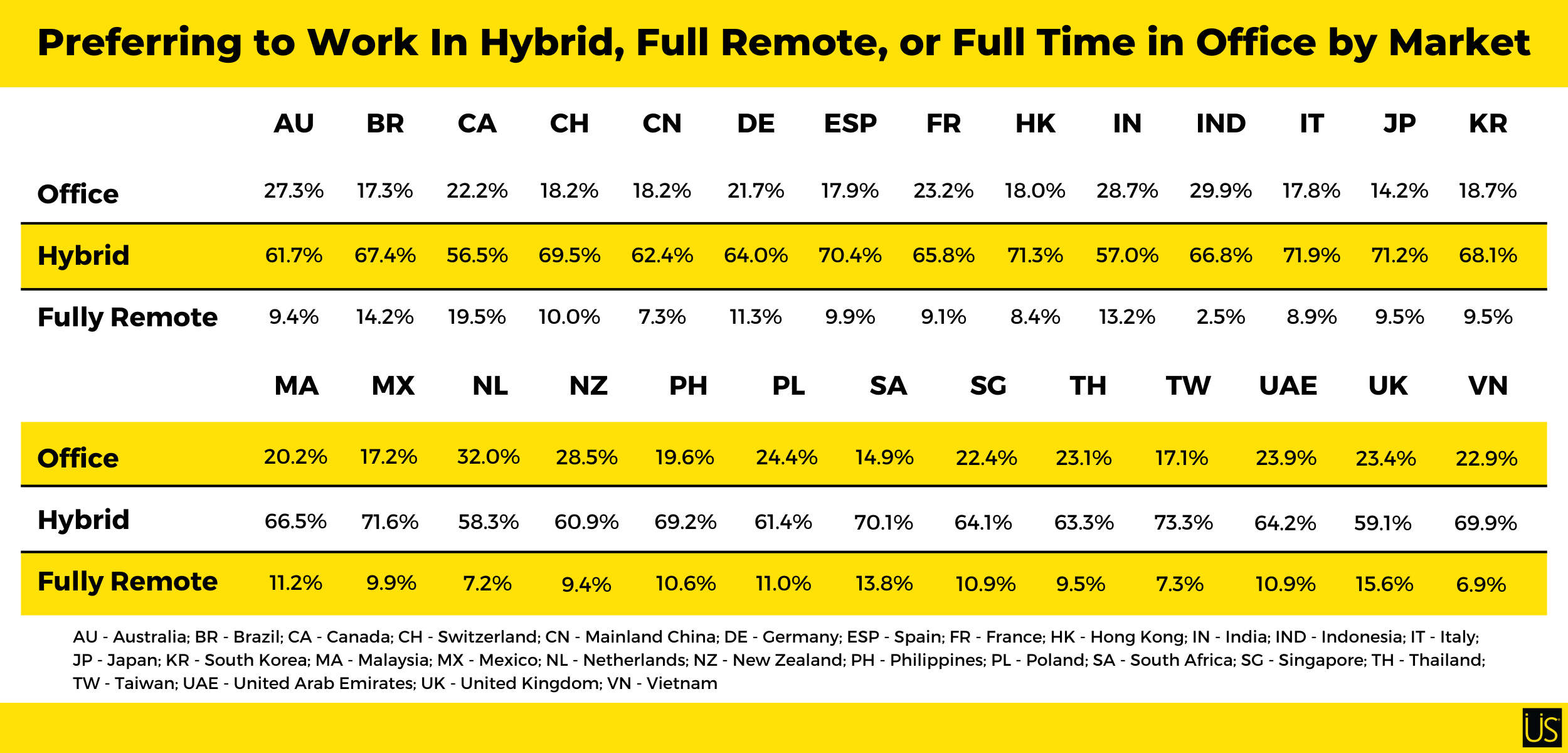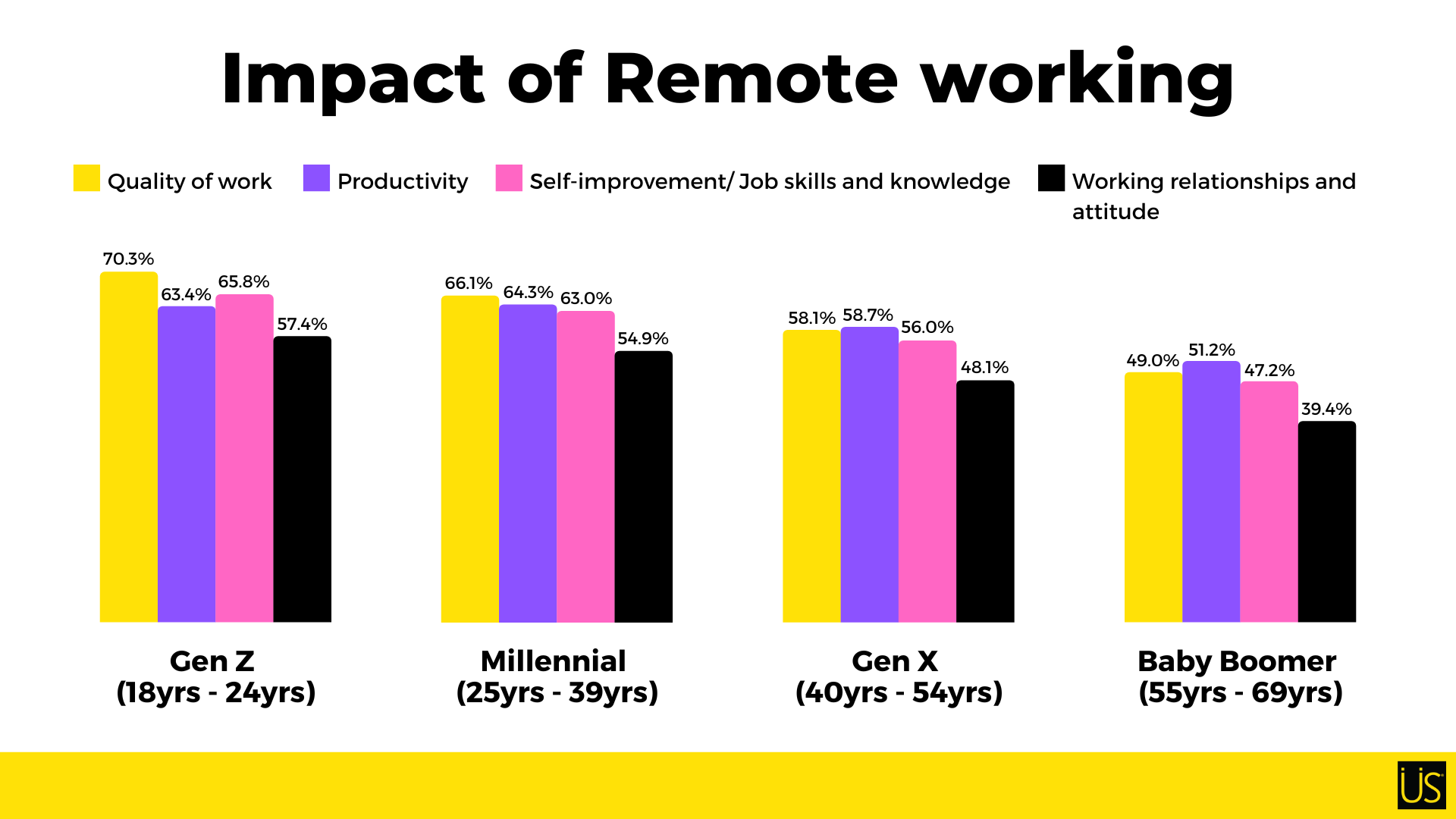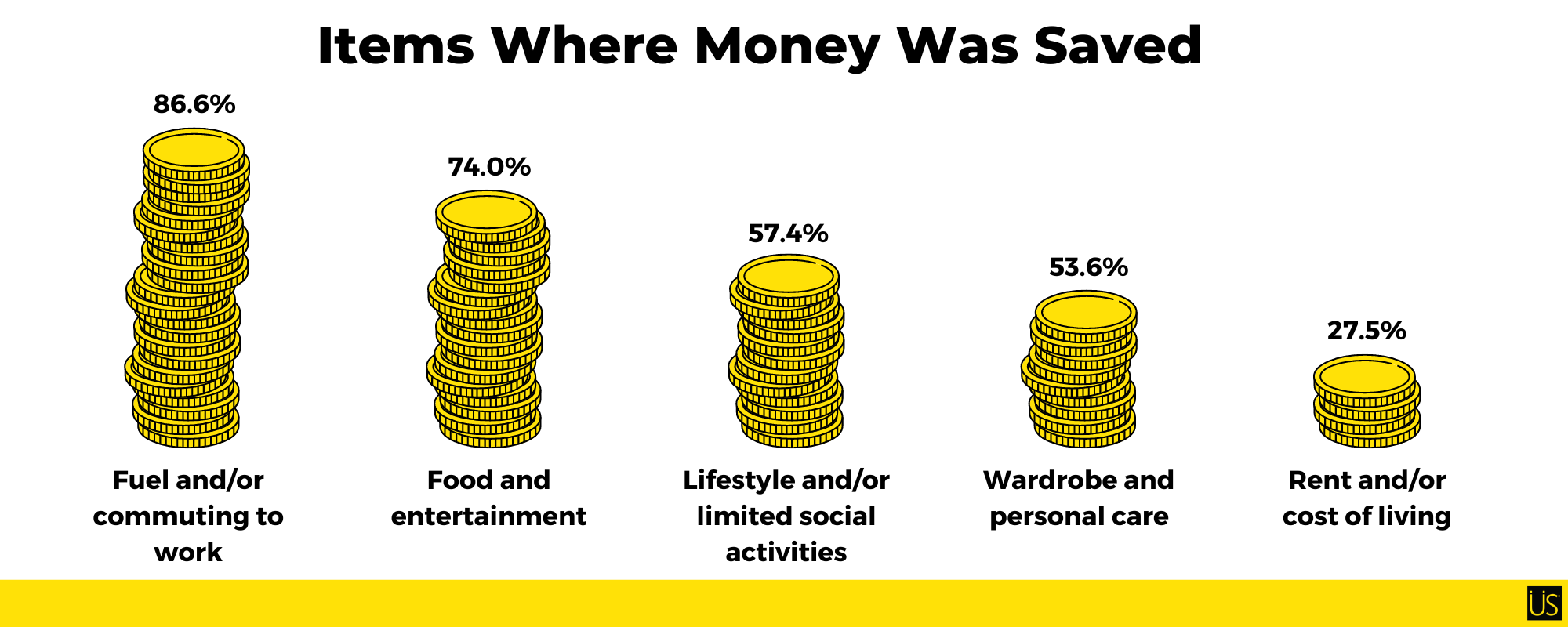
Hybrid Working – What’s the Right Mix with a Globally Mobile Workforce
CATEGORIES
Tags
24/7 analytics australia automation Business Process Outsourcing company Copywriting CRM customer support data data and analytics Delegate digital digital advertising digital marketing Digital Support Staff ecommerce Email Management Email Marketing Entrepreneur Freelance Writers google ads graphic design Hiring Freelancers Marketing offshore offshoring ominchannel support organizer outsource Outsourcing Philippines Project management reporting seo seo audit Shopify Small Business social media Social media experts social media management United States video Virtual Assistant Virtual Team
Work From Home, Work From Office, Hybrid Working Models, Telepresence. Which camp are you in? Elon Musk’s now infamous email telling his employees to work at least 40 hours at the office certainly created a stir. He’s certainly not alone. It harks back to May 2021, when WeWork CEO Sandeep Mathrani said the most engaged employees want to return to office, implying those who want to keep working from home are the least engaged.
Two facts.
One: Surveys from Cisco released in May 2022, McKinsey in 2021, and from Boston Consulting Group (BCG) back in 2020 are all consistent in findings that productivity stayed the same or even improved during remote work for a majority of employees.
Two: Forcing people back to the office is part of the toxic corporate culture driving the ongoing Great Resignation. It’s toxic in its lack of consideration and equity.
From the MIT Sloan Management Review, flexibility is what retains employees. The top two short-term steps for employee retention are all about flexibility: lateral career opportunities and offering remote work arrangements.
Note the key term there: offering remote work. It’s not remote work, per se, but the option. Workers will always want that option. That’s why hybrid work is now the sustainable work model.
For a globally mobile workforce, the right mix is and always will be flexibility and communications.
Hybrid work is the natural heir of remote work
McKinsey’s hybrid work survey found that most C-suite executives report productivity improvement among their employees during remote work in the pandemic era.
Like the surveyed employees in BCG’s earlier study, the majority of surveyed executives also expect hybrid work as the future, for all roles that aren’t essential to perform on-site, with employees on-site between 21 and 80 percent of the time, or one to four days per week.
Asia is a hub of BPO (Business Process Outsourcing) and digital work, and a mix of economies with varying success in handling the COVID crisis. Unsurprisingly, Asian countries have a huge percentage of workers who prefer hybrid work, scoring the highest preference across all countries surveyed in Cisco’s Global Hybrid Work Study.
- Taiwan at 73.3%
- Hong Kong at 71.3%
- Vietnam at 69.9%
- Philippines at 69%
- South Korea at 68.1%
- Malaysia at 66.5%
- Singapore at 64%
- Thailand at 63.3%
- China at 62.4%
- Indonesia at 66.8%
- India at 57%
Hybrid is top choice: workers do still want to go to the office
Even though survey respondents from the McKinsey, BCG and Cisco studies consistently report the same or improved levels of productivity in solo and collaborative work, it’s also consistent that only small percentages want fully remote work.
There’s still attraction in going to the office and seeing coworkers, and in turn, being seen.
This visibility is important especially for women, who are at risk of being invisible behind the screen, according to former Australian Prime Minister Julia Gillard. This is on top of parenthood inevitably blending in with work at home, affecting more mothers than fathers.
This is why all genders and all age groups prefer hybrid work according to Cisco’s study, whether in junior or senior positions.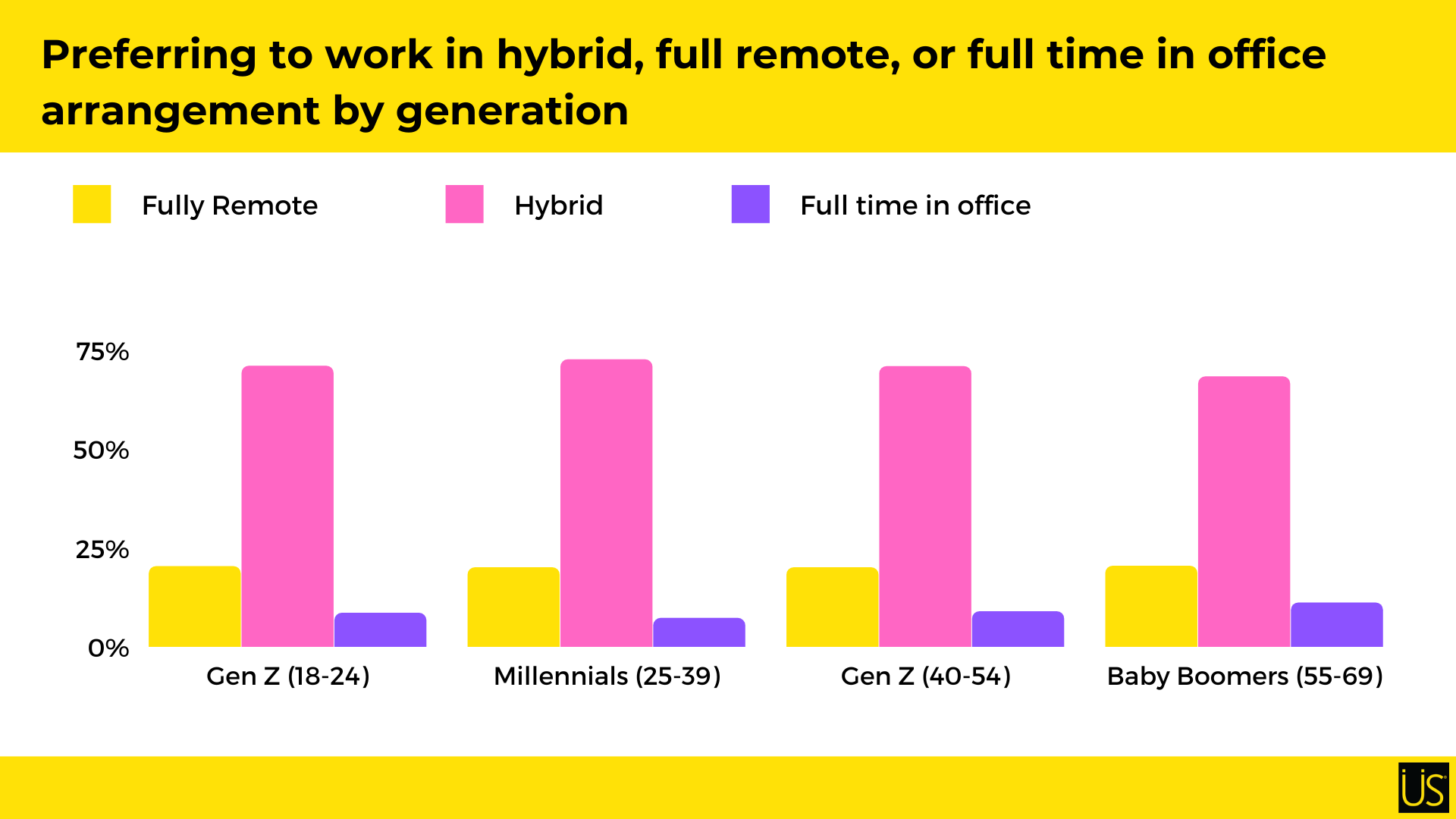
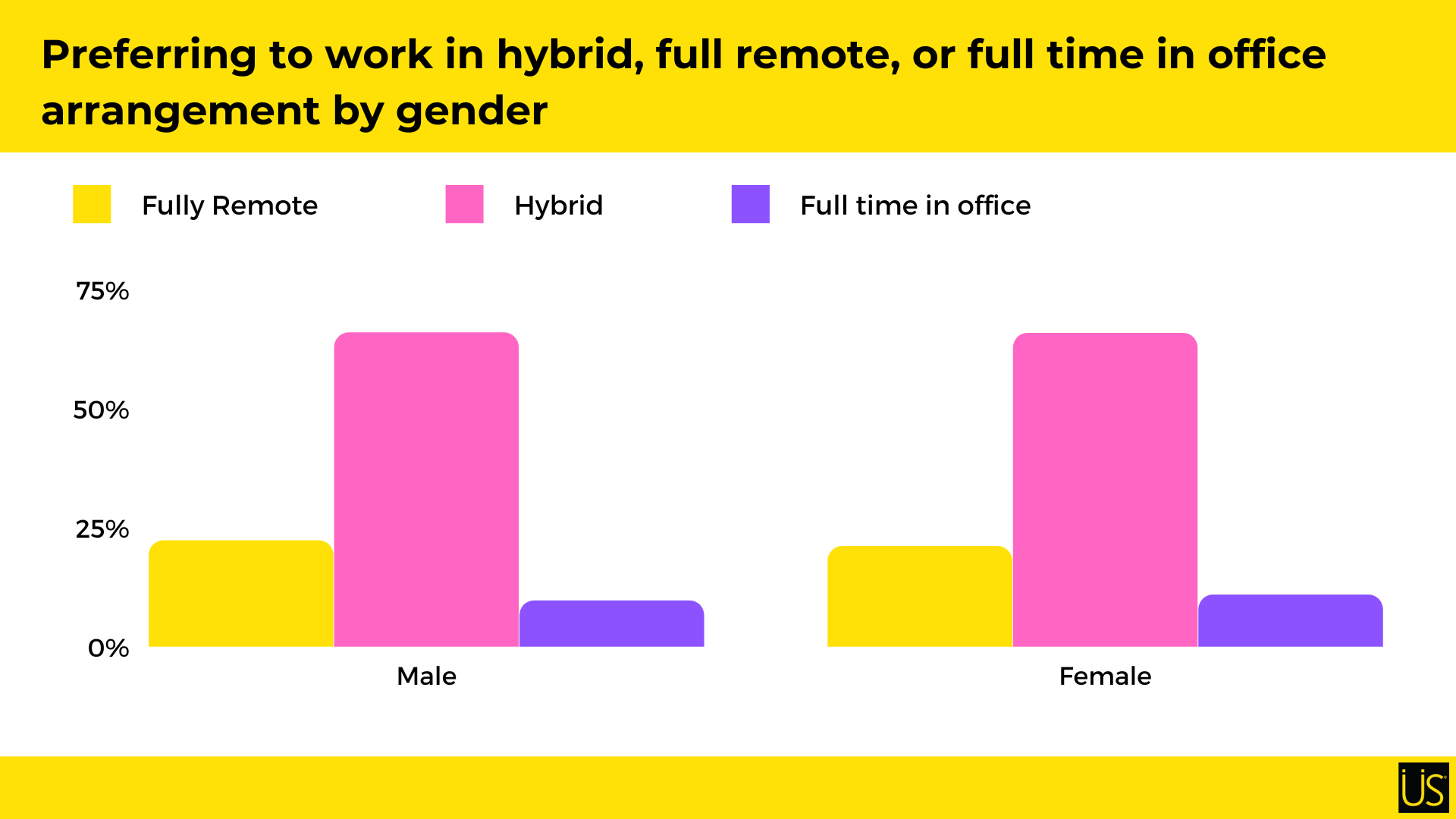
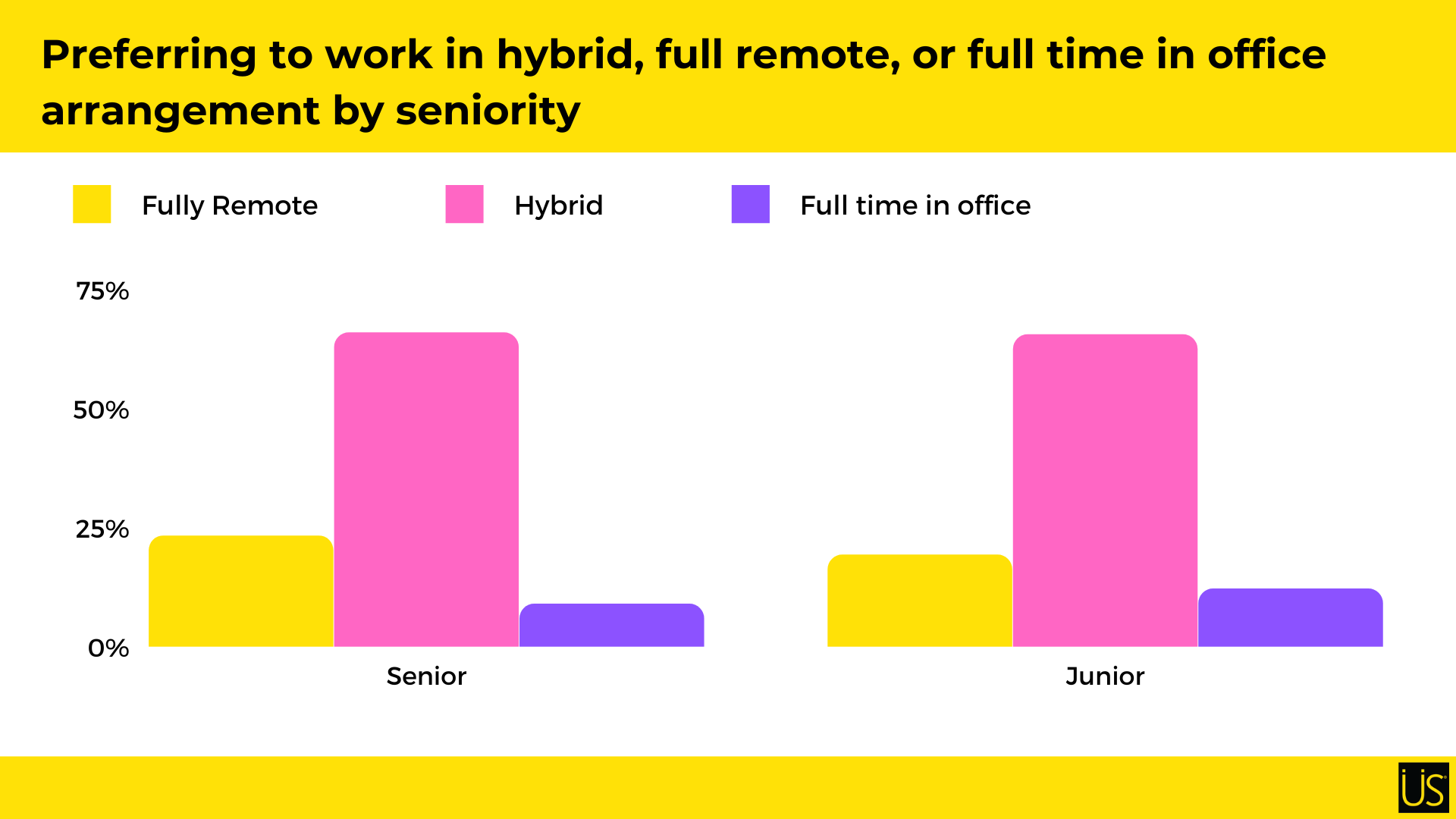
Why employees want hybrid
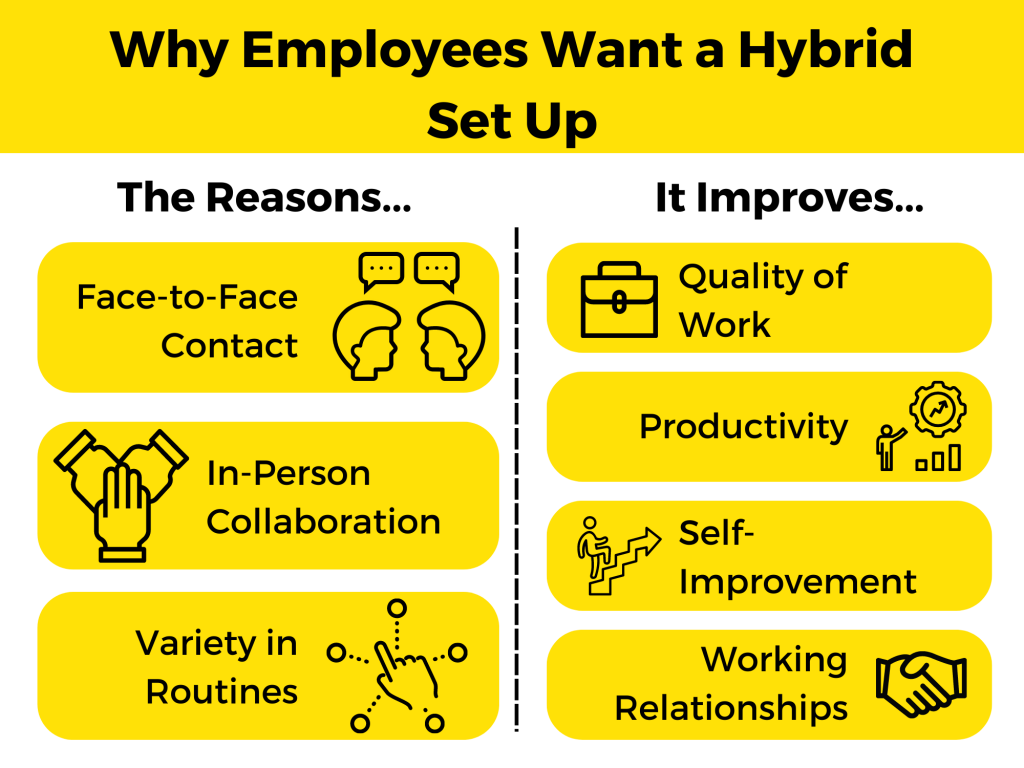
Employees want “office time” in addition to remote working for the following reasons:
- Face-to-face contact with leaders and colleagues
- In-person collaboration with teammates
- Variety and freshness to established routines
Hybrid work has all the benefits of remote working, with improvements in:
- Quality of work
- Productivity
- Self-improvement
- Working relationships
Not to mention time and money saved.
Eliminating time stuck in heavy traffic congestion alone spelled large time savings reinvested into time with family, friends, and pets, and self-improvement and self-care. 64.2% of Cisco’s respondents reported 4+ hours saved every week and 25.8% saved 8+ hours every week, especially those in countries with heavy traffic congestion, like the Philippines, Vietnam and Indonesia.
A large chunk of money is saved by the individual from not having to commute, eat/socialize, and dress for work.
No one wants to deal with all that time and money leaking on a daily basis again. Thus, the favor for the hybrid work model.
The situation is so confronting Business Process Outsourcing companies like Concentrix, with 90,000+ workers in the Philippines, are willing to lose Government tax breaks so employees can work from home. If they don’t they will most likely face mass resignations.
There’s a current transition to hybrid work; collaboration and engagement activities are now reserved for office days, but the best practice is when organizations train their managers for remote leadership and reorganize their SOPs to help employees thrive in their roles, whether or not they go into the office at all.
When you’re geared for remote work, you are already geared up for hybrid work.
The hybrid working model
Hybrid work combines all the benefits and flexibilities of working onsite and remotely. Employees have options for in-office, home-based, digital nomad/work-from-anywhere, and best of all, specific tasks or entire departments are outsourced to support and work alongside the existing teams.
Flexibility requires streamlined communications.
Policy communication should be crystal clear. The more detailed and valuable your remote-relevant policies, the better for your employees and your productivity levels.
Employees feel included and less anxious when they have detailed communication from their company about work policy. From McKinsey’s employee survey on hybrid work, it was found employees without anxiety and burnout are five times more likely to report increased productivity.
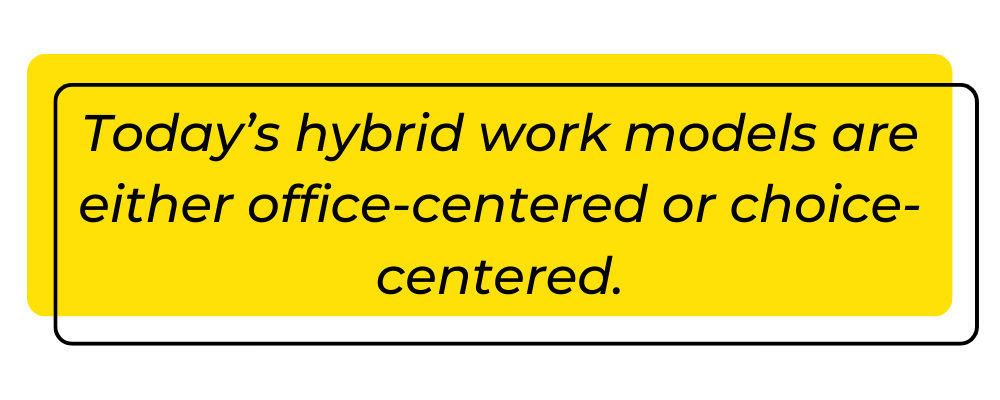
The office-centered model is usually based off archaic beliefs about productivity and flimsy reasoning, as demonstrated by the likes of Elon Musk. Remote work is a grudging option rather than the accepted standard.
Not counting essentially on-site work, many organizations are still stuck in the office-centered model despite good intentions.
They still need to restructure their workflows and culture. We’ve seen quite a few still using outdated and inefficient systems rather than smarter tools and platforms.
The choice hybrid work model is truly flexibility-focused, operating with partially remote or primarily remote work. Even required fully-onsite work can rotate between teams, becoming a hybrid work model.
In the choice hybrid model, employees have flexibility within the company’s set guidelines.
Partially remote has models of predetermined or flexible office and home days.
Primarily remote hybrid work models are either never onsite, entirely employee choice, or seasonal/periodic. Very remote-friendly with workflows designed “digital-first” or “distributed-first.”
- A truly distributed workforce, without location ties
- All workflows and company culture and values are deliberately established and tested for remote work
- Employees and leadership work remotely
- And they go onsite as needed or as scheduled, depending on the demands of the quarter or the season
Outsourcing belongs to and supports this remote-friendly hybrid, with your outsourced team working on an as-needed basis per task or project, collaborating with your existing team remotely.
How outsourcing fits with hybrid working
Digital innovation and customer expectations will consistently and rapidly demand for skills. The ongoing skills shortage can barely keep pace. Rather than overtaxing your existing team or courting delays during hiring and onboarding, outsourcing fills the gaps and seamlessly blends with your hybrid team quickly.
- Culture fit: With outsourcing, you do still have a period of onboarding and orientation, but your specialist or team is more than likely already trained to adapt to your workflows and company culture.
- More flexible costs: Hiring someone in-house means overhead costs at the office and providence for remote work like PCs, software, utilities and other benefits. You skip all this when you outsource.
- Better productivity: Your outsourced teams can handle background specialist tasks and graveyard shifts. You avoid attrition rates; your existing team can stick to their own hours without burnout, which happens when work encroaches on their work-life balance.
- Contingencies: Your existing team has backup and your operations are compromised as little as possible, especially during high-demand periods for your business. We’ve worked with clients who rehire teams for holiday promotions and/or their peak seasons.
Productivity is no longer the question. Efficiency is. How agile are you and your team in facing periodic or seasonal upticks in business? How competitive are you right now and in the near future according to already visible upcoming trends?
With outsourcing, you invest in “skilling” your company workforce with all the flexibility we want to emulate from the hybrid work model. Digitally-competent and relevant. Scale up or down as needed.



